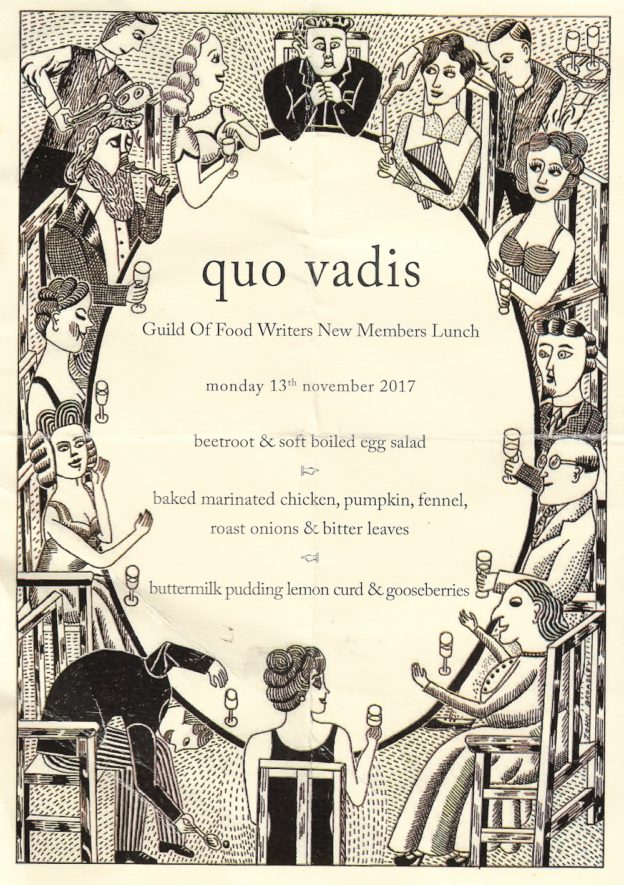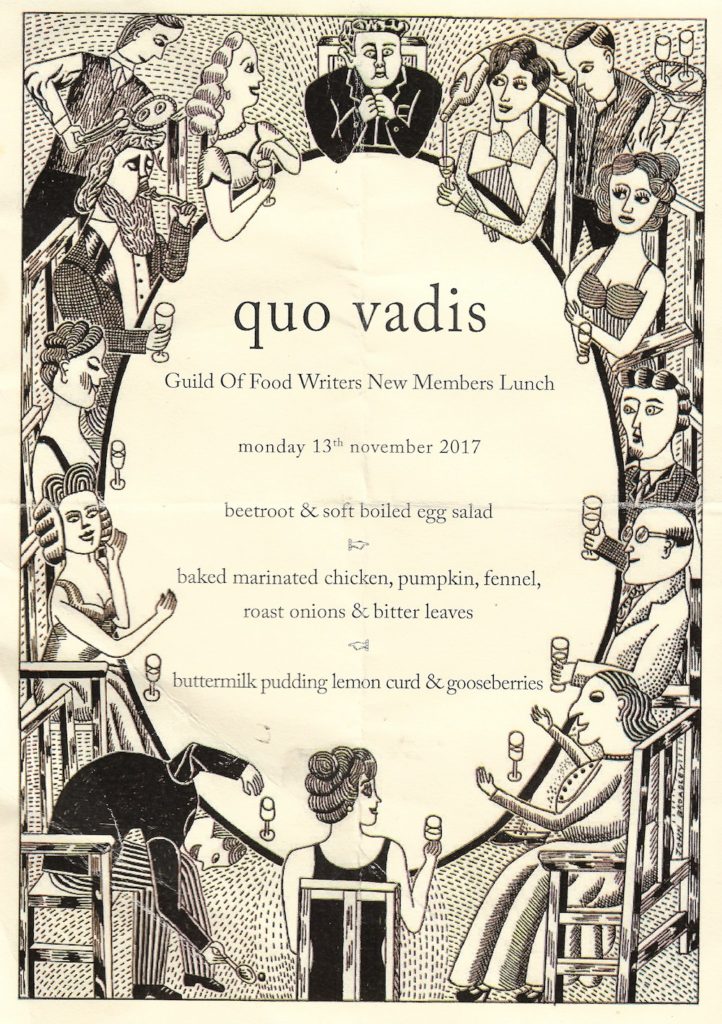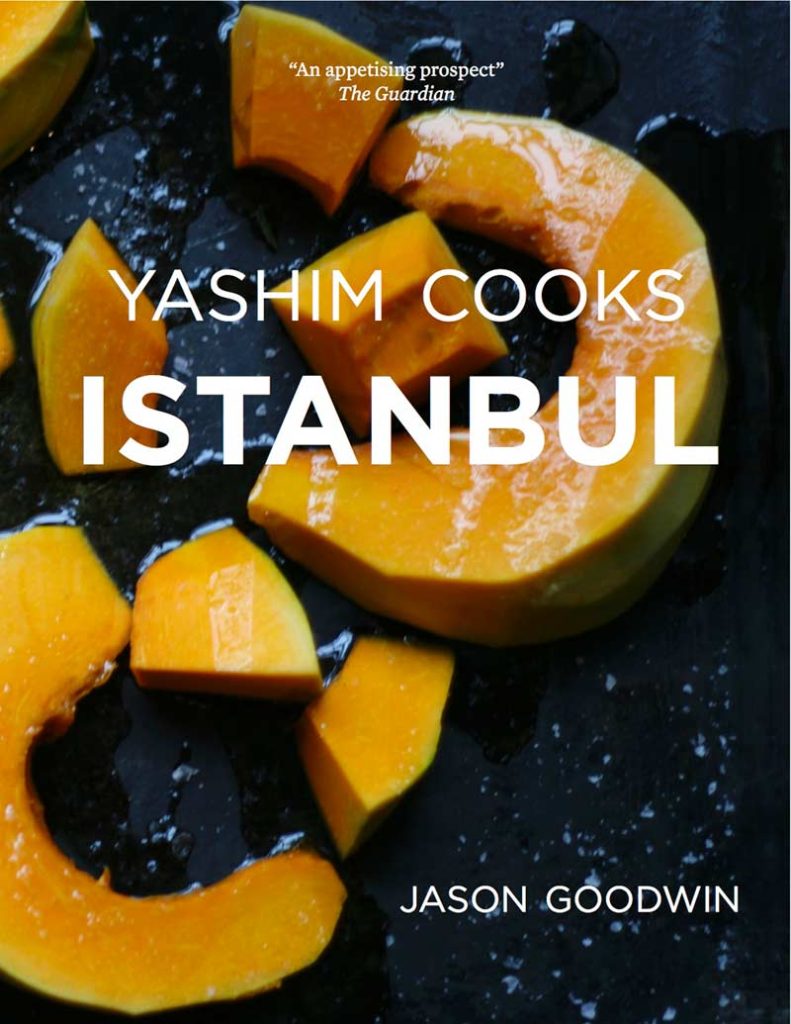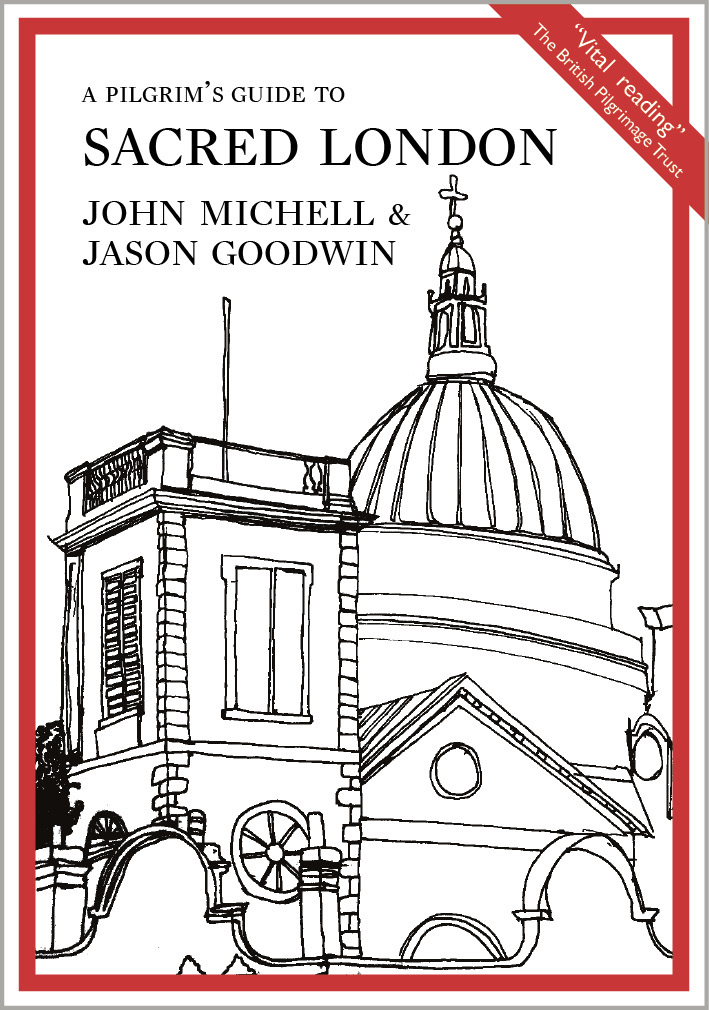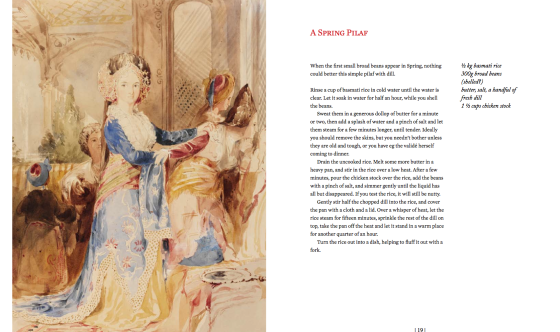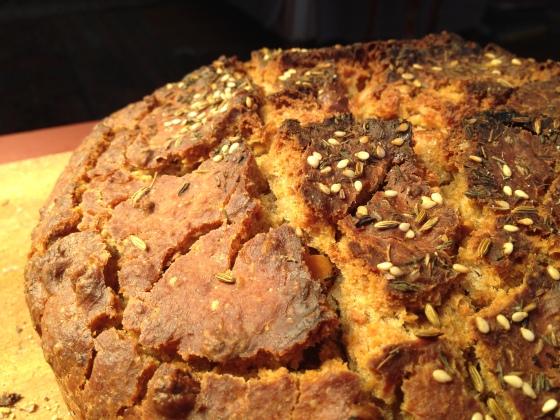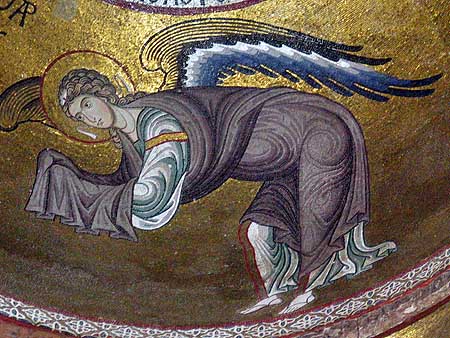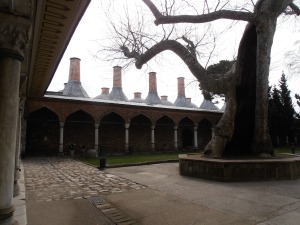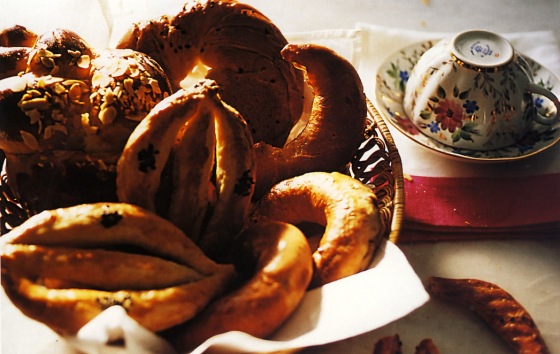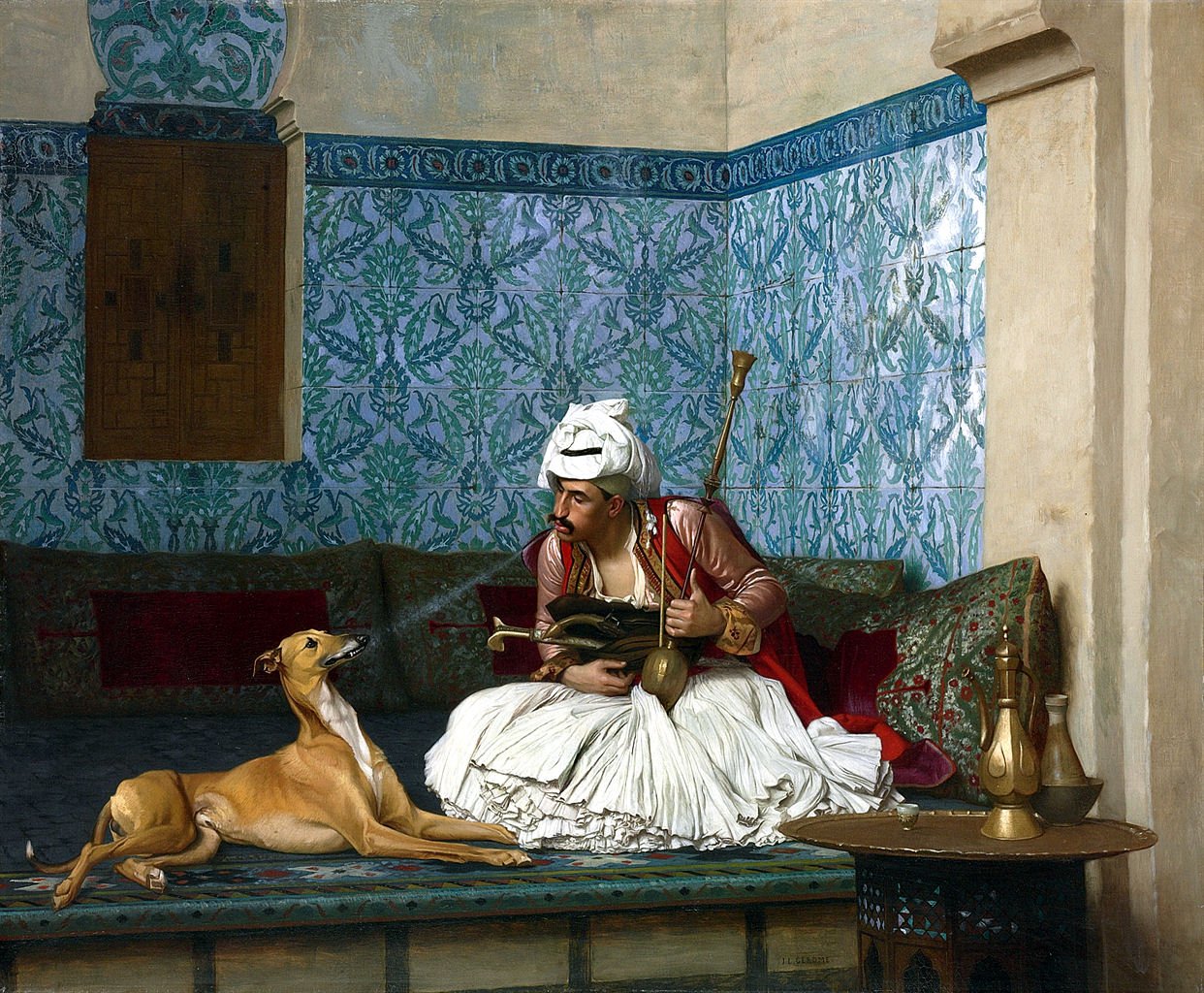Istanbul’s 1500-year old market gardens are on the brink of destruction – to make a park.
Istanbul’s massive city walls stretch seven miles across the Istanbul peninsula like a collar, from the Golden Horn to the Sea of Marmara. They were built in the fifth century when Constantinople was still young, double walls of stone with bands of red brick, regularly punctuated by crenelated towers. For centuries they successfully defied the enemies of Byzantium, resisting over thirty sieges before succumbing in 1204 to a Crusader army, and to the Ottoman Turks in 1453. They are what city walls should be, vast and forbidding, the model for castles in far-off Wales, and a thousand episodes of Game of Thrones. Defenders have flocked to them, many have died upon them, scaling ladders have been hurled upon them, and they have been cursed and blessed in a hundred languages, in the name of half a dozen gods.

But when the smoke clears and the rubble slithers to a stop, while empires fall and kingdoms are overthrown, you may hear the persistent scratching sound that marks the passage of those walls down the centuries. It is the sound of mattock and hoe on soil, the sound of untold generations of gardeners planting seed in the shadow of the city walls. Even today, peering down from the ruined towers of Yedikule, it is thrilling and sobering to see the little plots of lettuces and onion shoots, leeks and radishes, rolling away from you in a green ribbon as far as the eye can see. Like the walls, these little gardens have survived right down from the days of the Byzantines to our own, and Yashim, I imagine, strolled here, and bought an oka of fresh tomatoes from the gardeners of his day.

Actually, the gardens have lasted better. The walls were kept up until the early 19th century, and then allowed to decline. For much of their length they are crumbling, and in places they have suffered the indignity of being bulldozed aside to accommodate more roads, in a city that has ballooned from 2 million to 16 million inhabitants in twenty years. The walls no longer enclose the city, as it marches away across the hills towards the airport, and Thrace, devouring and disembowelling the landscape with structures more massive – and unquestionably more repellent – than anything the fifth century could conceive.
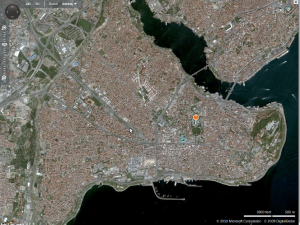
The line of the walls, shaded with green, visibly encloses old – crowded – Istanbul
The gardens have flourished, while the stone decays. If you are in a philosophical mood, you might see the counterpoint between the walls and the gardens, between these two currents of human activity, as positively Ozymandean. Up there, the ravages of war and conflict, and the gestures of pride; down here, quiet digging and planting, and basketloads of edible leaves. The lettuce of Yedikule is famous across Istanbul. The two, as ever, march side by side.
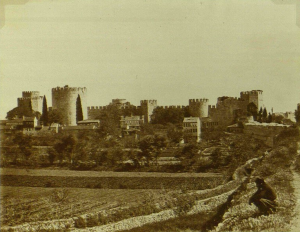
The Yedikule market gardens in the 1880s
But not for very much longer, if Istanbul’s mayor has his way. For some years we’ve been hearing about a plan to turn the market gardens of Yedikule into a park. There would be lighting, and landscaping, and a pool. There would be paths, and swings. A scruffy and essentially unregulated zone that has scarcely changed in fifteen hundred years would be Cleaned Up. The plans have that air of slightly desperate sadness we have learned to expect from architectural visions: lonely trees, anonymous people, purposeless activity. And, one half-assumed, the whole thing would be put off indefinitely.
This January, contractors came to the Yedikule gardens and tore down the gardener’s sheds, where they keep their tools and seed.
That they haven’t yet – at time of writing this post – bulldozed the gardens themselves is a miracle, and may have something to do with a surge of protest led by the gardeners themselves and supported by Istanbul’s Slow Food movement.
http://www.slowfood.com/istanbuls-historical-yedikule-gardens-face-destruction/
If you can, do click on the link below and help Slow Food by signing the petition.
Save Yedikule Gardens

